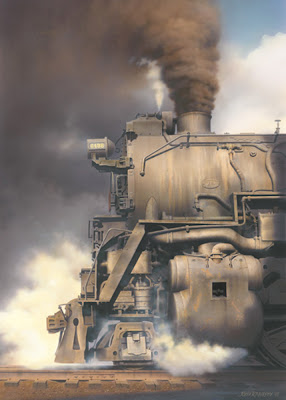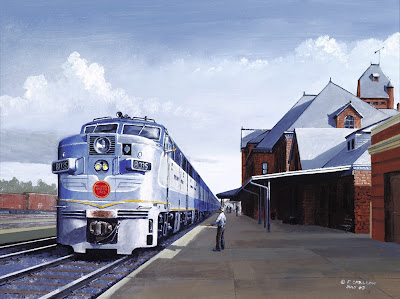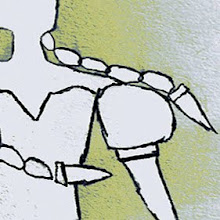Comme des garçons © Peter Lindbergh, photographer (1988)
Comme des garçons is a Tokyo-based Japanese fashion label headed by Rei Kawakubo, who owns the company with her husband, Adrian Joffe.
Comme des garçons Wikipedia
Comme des garçons Official site
Peter Lindbergh is a German photographer and filmmaker, born in 1944 in Leszno, Poland (the city was German between 1939 and 1945 and called Reichsgau Wartheland).
He moved to Paris in 1978 and started working internationally for fashion magazines. His mostly black-and-white photographs implement a pictorial language that takes its lead from early German cinema and from the Berlin art scene of the 1920s.
In the 1980s, he made a series of photos for the label Comme des garçons.
« In the works of Peter Lindbergh easily guessed by the influence of films and Fellini, Wim Wenders, Peter Handke, the eternal feminine 30-ies. and his love and admiration for both ironic Greta Garbo, Josephine Baker and Marlene.
If fashion is by definition created for, . to then go out of fashion, . his photos, . opposite, . survive the changing seasons and the ephemeral journals, . because they represent a warm friendly or whimsical look at the men blushing women, . are in cahoots with him and who graciously accepted signs of admiration,»
(…)
Peter Lindbergh Biography (dot ru: kinda lost in translation but still …readable and interesting!)
Peter Lindbergh Official site
Peter Lindbergh Wikipedia
Comme des garçons © Peter Lindbergh
Comme des garçons © Peter Lindbergh (1988)
Comme des garçons © Peter Lindbergh (1984)
Comme des garçons © Peter Lindbergh (1980)
Comme des garçons © Peter Lindbergh (1983)
Comme des garçons © Peter Lindbergh

























































